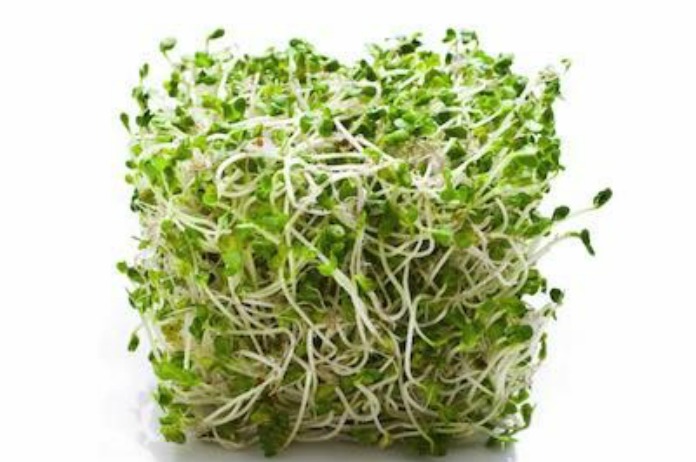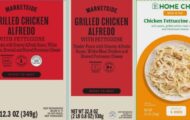E. coli O121 is not among the most prevalent types of toxic E. coli by any means, but this pathogenic organism has been traced to two separate multi-state outbreaks of human infections studied closely by the U.S. Centers for Disease Control and Prevention in the past 18 months. Most recently, the raw sprout E. coli outbreak in Washington, Idaho, Montana, Utah and Michigan linked to sandwich shops including Jimmy John’s.
 The harmful bacteria infected 18 people who were confirmed as victims of the same outbreak of foodborne illness. Nearly half of all case patients were hospitalized, but no one died. According to the Washington State Department of Health and the Idaho Department of Health and Welfare, ill persons reported eating sprouts in sandwiches at several local food establishments, including several Jimmy John’s Gourmet Sandwiches locations, the Pita Pit, and Daanen’s Deli. For Jimmy John’s, it is the second major E. coli clover sprouts outbreak in less than three years. In late 2011 and early 2012, 29 people from 11 states were sickened by another type of toxic E. coli that investigators associated with raw clover sprouts at Jimmy John’s restaurants.
The harmful bacteria infected 18 people who were confirmed as victims of the same outbreak of foodborne illness. Nearly half of all case patients were hospitalized, but no one died. According to the Washington State Department of Health and the Idaho Department of Health and Welfare, ill persons reported eating sprouts in sandwiches at several local food establishments, including several Jimmy John’s Gourmet Sandwiches locations, the Pita Pit, and Daanen’s Deli. For Jimmy John’s, it is the second major E. coli clover sprouts outbreak in less than three years. In late 2011 and early 2012, 29 people from 11 states were sickened by another type of toxic E. coli that investigators associated with raw clover sprouts at Jimmy John’s restaurants.
E. coli food poisoning in the United States is dominated by serotype O157:H7. Half of all human E. coli infections tracked by the CDC in 2013 were caused by E. coli O157:H7, as were 16 of the last 21 multi-state E. coli outbreaks, according to federal data compiled by Food Poisoning Bulletin.
Shiga toxin is the critical characteristic that makes O157 so dangerous and is shared by types O121, O26, O111 and a large family of other variations of E. coli. Together, the group is known as Shiga Toxin-producing E. Coli, or STEC. Not all forms of the E. coli bug are loaded with the substance, but when it is emitted inside a person’s intestines it attacks red blood cells and misshapes them. The result is a telling symptom of the infection: stabbing intestinal pain and bloody diarrhea. Moreover, 5 to 15 percent of people who contract toxic E. coli infections develop a disease known as Hemolytic Uremic Syndrome (HUS) or Thrombotic Thrombocytopenic Purpura (TTP). In these cases, the toxin works to cause kidney failure, stroke, neurological pathos, heart damage, severe anemia or death depending on the severity of the infection.
According to “Trends in Foodborne Illness in the United States – 2013,” the number of E. coli infections continue to inch up and the progress noted from previous years has stalled. However, the 2013 rate of E. coli infections remains about 30 percent lower than the 1996-1998 baseline period. For STEC non-O157, which includes E. coli O121, the number was 561 cases and incidence per 100,000 population was 1.17. For E. coli O157, there were 552 cases along with a rate of 1.15 cases per 100,000 populations, data show. Among non-O157 isolates that could be identified, the most frequently recognized serogroups were O26 (34 percent), O103 (25 percent), and O111 (14 percent.)
Currently, there are limited public health surveillance data on the occurrence of non-O157 STECs, including STEC O121. That because identification of non-O157 STEC infections is more complex and not enough clinical laboratories are equipped to test for all non-O157 types. Prior to this summer’s Jimmy John’s clover sprout outbreak of E. coli O121, however, the same type of E. coli was isolated in a 2013 federal investigation of food poisoning linked to Farm Rich brand frozen food products (snacks like mini pizza slices and mini quesadillas.) Thirty-five people in 19 states were confirmed as case patients in the outbreak, which included two life-threatening cases of E. coli HUS.




